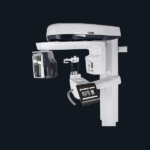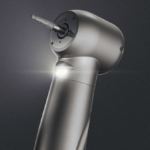
You would also agree that nothing is more flattering than a healthy, gorgeous smile. But at the same time, you should take care of your teeth and gums. It is much more than just good looks. Poor oral hygiene may cause cavities, tooth loss, and gum disease. Therefore, it is essential to note that regular brushing will not be enough to clean out food particles, bacteria, and plaque stuck between teeth. It is precisely where a water flosser can serve the purpose.
Brushing your teeth twice a day is necessary for good oral health. But do you know flossing is equally important as brushing? There are many areas in which your toothbrush cannot reach out quickly. Like between your teeth or along your gum line.
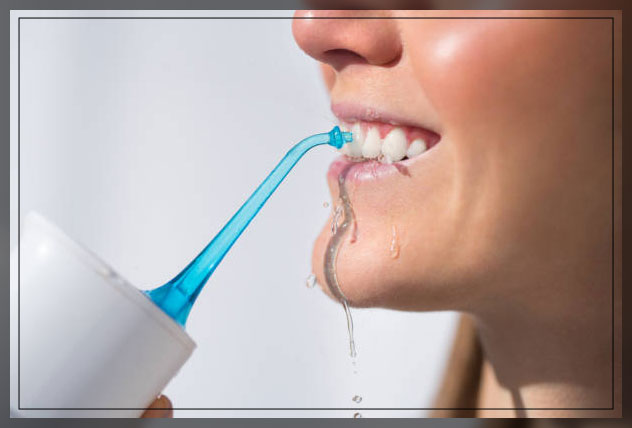
You need to understand that the traditional string floss you might use – may not be the only way to clean these hard-to-reach areas. Other products on the market are available today that can help with this task and remove the food items stuck between teeth. One such product is a water flosser.
How Does a Water Flosser Work?
A water flosser is also basically an oral irrigator or water pick, as it uses a jet of water angled toward your gum line. The water jet is not too powerful, but the water spray can get along your gum line and in between teeth to remove food particles and plaque. The tool will help reduce bacteria in your mouth and the risk of cavities and gum disease.
The Importance of Water Flosser
It is important to note that gum disease can negatively affect your health. The bacteria that cause gum disease may get into your bloodstream and target the fetus. It sounds risky. The condition may finally lead to prematurity and even low birth weight in such babies.
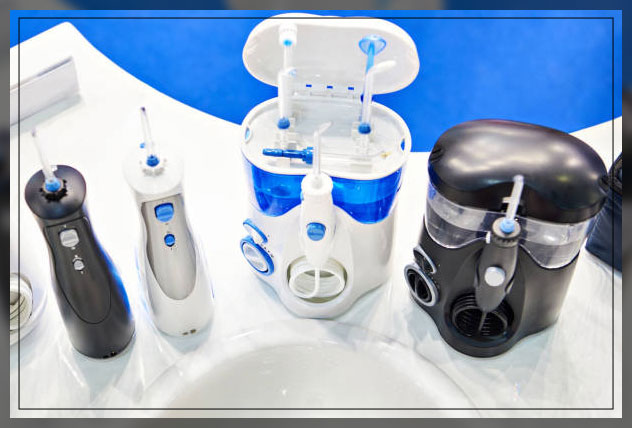
Therefore, brushing your teeth at least twice daily using fluoride toothpaste is a good start. Brushing may clean out food particles, bacteria, and plaque from between your teeth.
It is important to note that toothbrush bristles are not small enough to clean effectively in the tight spaces between your teeth. Hence interdental cleaning, like flossing, can be a good option. It has even been recommended by the American Dental Association (ADA).
You may choose what is better for cleaning in between your teeth: dental floss or a Waterpik water flosser. Try to get input from your dentist, as it is always a good idea.
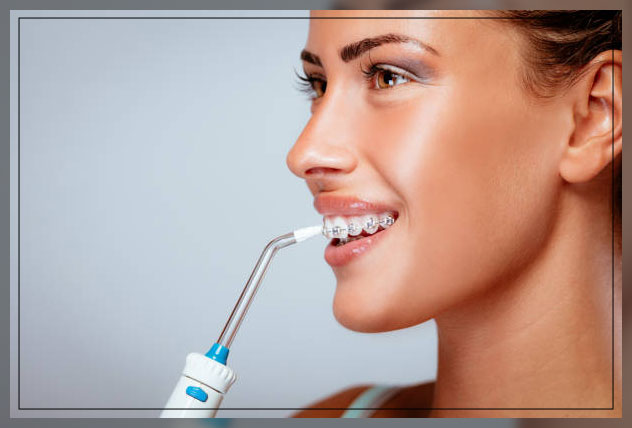
You should also understand the similarities and differences between the two. The reason being it will help you decide which is better for you. At the same time, it is also essential to understand each tool and what these tools can and cannot do.
Reasons to Consider Water Flossing
You would be surprised to know that there are many reasons why individuals often switch to water flossing. Water flossing is a substitute for traditional flossing, especially for individuals with difficulty holding string floss. Many people cannot use string floss effectively, especially when they have to clean between their teeth.
Also, using string floss is difficult for individuals with arthritis, carpal tunnel syndrome, Parkinson’s disease, or other such abnormal conditions that affect the person’s hands. For them, it is hard to maneuver string floss around the teeth.
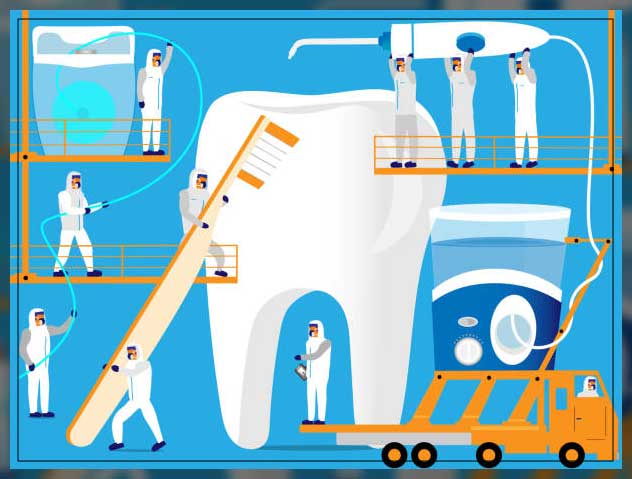
For such individuals, water flossing may be easier to clean between the teeth, especially along the gum line. Moreover, dental braces could also make the flossing task difficult. As it generally obstructs the free movement of the floss. If you have trouble flossing, especially around your dental work, you may benefit from an alternative, like a water flosser.
Effectiveness of Water Flosser
Many may ask if water flossing is as effective as traditional string floss. A study published in the Journal of Clinical Dentistry confirmed that water flossing was 29 percent more effective than many conventional flossing methods.

If you use water flossers, they may successfully remove plaque buildup on your teeth. Another interesting study published in the Journal of Clinical Dentistry -concluded that using a manual toothbrush and a water flosser could effectively remove plaque. Rather than using only a manual toothbrush or an interdental brush. Today you can look for several flossing alternatives that may suit you.
Benefits of Using a Water Flosser
You may already know that flossing daily is a vital part of keeping your teeth and gums healthy. As it is the only way to effectively extract particles and plaque in hard-to-reach places – especially between teeth and around the gum line.
You would be surprised to know that only 30 percent of adults floss daily. Many people struggle to floss their teeth — maybe their teeth are too crowded, or they do not have proper mobility in their hands. Regardless of the reason, we discuss the benefits of using a water flosser to floss your teeth and why a flosser is an excellent alternative when your traditional flossing does not work.
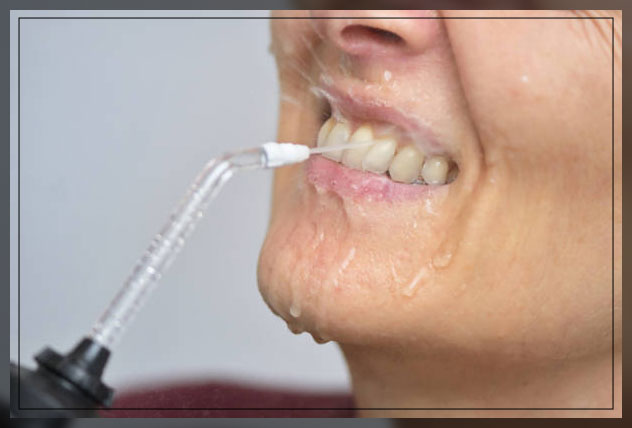
Interestingly studies show that using a water flosser is equally effective as traditional string dental floss that cleans your teeth. If you are unsure if it is right for you, consider these benefits.
Minimal Abrasion
As you know, traditional flossing often requires dragging the floss down each side of your tooth and up again. Especially for individuals whose teeth are crowded or who do not use the proper technique – too much force is required. In such a scenario, the floss can inflame the gums, thus leading to redness, swelling, and even bleeding.
Water flossers could be an excellent alternative. It would not require force at all, thus allowing the water to flush the spaces between teeth and also around the gums. Therefore, abrasion and cuts are generally not a concern.
Excellent for Braces
For individuals with braces, flossing is difficult, but getting the food particles and plaque from between teeth is still necessary. Also, the food particles stuck in the wires and brackets. Note that water flossers can quickly get into those hard-to-reach places with much more ease and effectiveness.
Ideal for Mobility Issues
For people with carpal tunnel syndrome, arthritis, or other issues that often affect their mobility in their hands or wrists, flossing can be impossible using any string floss. In contrast, holding and aiming the water flosser is a more straightforward process for individuals with these challenges.
Deep Cleaning
String dental floss can get to the areas just below your gum line, but if pockets or spaces develop due to gum disease or gingivitis – flossing will not work as well.
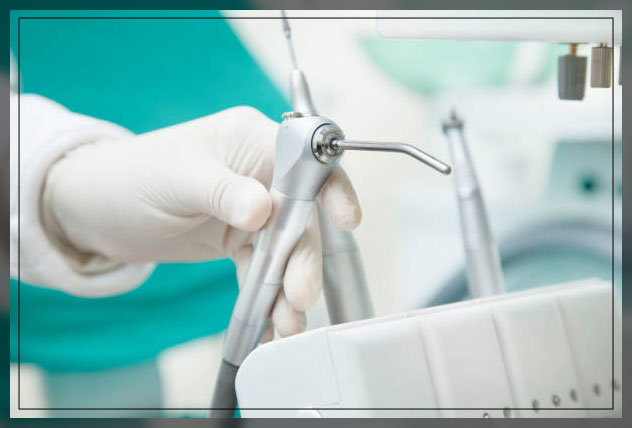
Note that a water flosser can actually clean more deeply and eliminate more bacteria from your pockets around the gums. Therefore, it minimizes the risk of infection and improves overall gum health.
Healthier Gums
In addition to removing bacteria and plaque around the gums and within pockets next to the teeth below the gum line – your water flossers will massage the gum tissue as they work. The process will increase and improve circulation, which may boost cellular health and cell growth, finally decreasing tissue inflammation.
Is Water Flossing as Effective as Dental Floss?
Yes. The American Dental Association says you should use water flossers that have the ADA Seal of Acceptance – as they can get rid of plaque. Plaque is the film that will turn into tartar and lead to gum disease and cavities. However, some studies confirm that water flossers do not remove plaque like traditional floss.
Therefore, your doctor may advise you not to throw away your traditional dental floss to try something new. Even today, most dentists consider regular flossing the best way to clean your teeth – especially in between the teeth.
You must use the old-fashioned stuff to scrape up and down the sides of your teeth to remove plaque buildup. You can try dental tape or waxed floss if it gets stuck in small spaces. Note that flossing may be uncomfortable initially, especially if you are not in the habit. But slowly, it may get easier once you start using the floss.
If dental floss is a problem, you can use a water flosser. A water flosser may be helpful if you have dental work or braces like fixed or permanent bridges. It is also suitable for periodontal disease or extremely dry mouths.
You can also use a water flosser if you have arthritis or other hand problems. Kids or teens with braces sometimes find water flossing easier than traditional flossing. You can also ask your dentist if it is a good idea to switch to a water flosser or add one to your dental routine.
What Is a Waterpik?
A Waterpik is a brand of water flosser or oral irrigator. Like any flosser, the device can spray water to remove food from between your teeth. Note that water flossers may be a good option for people who have trouble with traditional flossing. As you know, a standard flosser involves threading string-like material, especially between the teeth.
Final Thoughts
To maintain good oral health, you should floss at least once daily. If you have difficulty using traditional string floss, talk to your dentist or dental hygienist about other flossing alternatives, for example, water flosser. Your dentist can help determine the best method to clean your teeth. At the same time, they can also help achieve a healthy smile.
Some studies confirm the benefits of water flossing. However, it is essential to note that there are wide varieties available in the market, which you can choose from. Before you decide to replace your tried-and-true string floss with a water flosser, it is a good idea to consult your dentist for advice.
You can read other related articles like pregnancy test kit, blood test, NT scan, sanitizer dispenser, biopsy test, CT scan, d dimer test, wound care, compressor machine, medical bed, and more.


